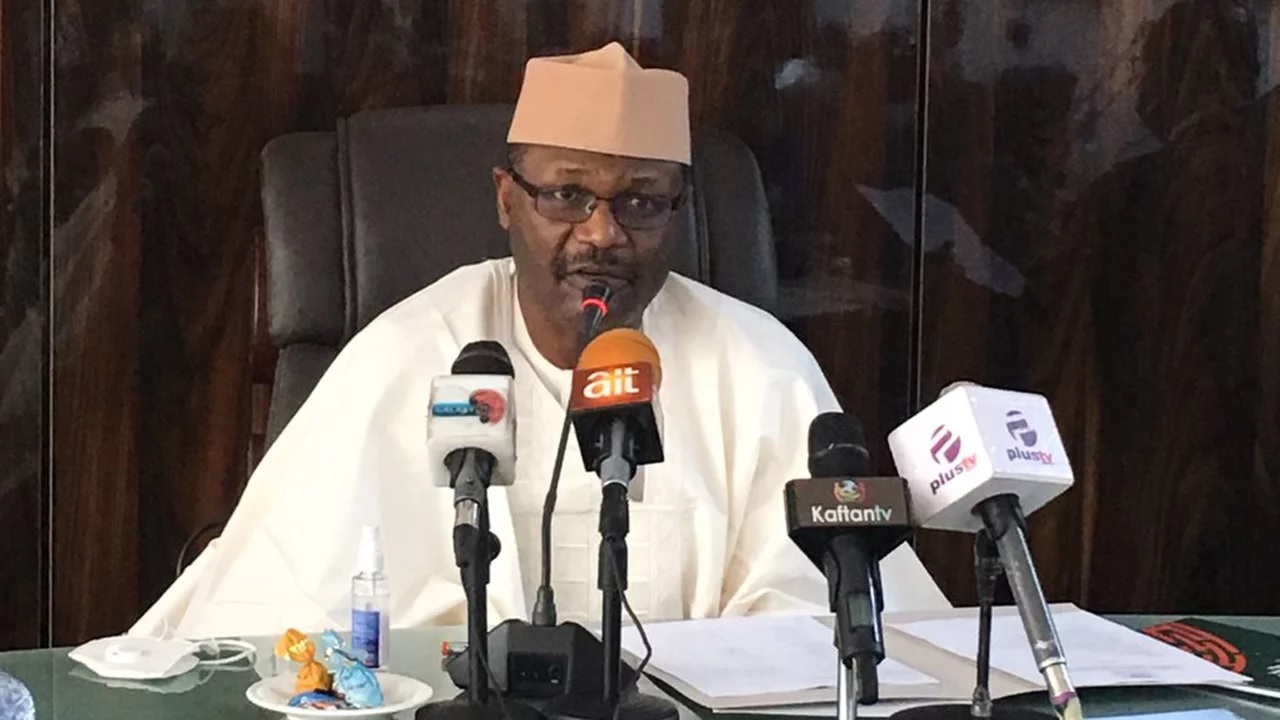The Independent National Electoral Commission (INEC) has revealed how results from polling units will be transmitted during the governorship and house of assembly elections.
The Chairman of the Information and Voter Education Committee, Festus Okoye revealed this while speaking on Arise TV on Friday.
Okoye said INEC has learned valuable lessons from the February 25 presidential and National Assembly elections.
He said, “The law as of today prescribes a dual mode of either transmission of results or transfer of results.”
According to Okoye, when polls closed at the level of the various units, the Presiding Officer who superintended the polling unit would enter the scores of the various political parties in form EC8A which is the polling unit level result.
He said, “The PO will sign that particular result sheet and stamp it, the PU agent or party agent if available will also countersign and copies will be given to them and the police.
“That original result will be what will be scanned and uploaded to our INEC Result Viewing Portal for public viewing. Not only that, the accreditation data that has arisen from that polling unit will also be uploaded, but the physical result and the BVAS itself will also be taken to the Registration Area Collation centre.”
He further stated that the Collation Officer will have the benefit of seeing the original results and the BVAS itself and have the benefit of looking at the accreditation data as transmitted, and the result sheet as transmitted from the polling unit.
That is the dual mode that the law has prescribed for the commission and that is the mode that we’re going to use for the purpose of this election.
Speaking on real-time IREV delivery on Saturday, Okoye said results would be transmitted as soon as the polls closed from various polling units.
Okoye said, “The commission is determined to improve on its previous performance. What we have done is to learn valuable lessons from previous elections that we conducted, and we’re going to put those lessons into our planning purposes and processes, and into our deployment purposes.”
Speaking on the commission’s preparedness, Okoye said, “As of today, what we’re having is what we call state assembly and governorship elections.
“In all the states of the federation, both the Bimodal Voter Accreditation System machines and all the sensitive election materials have left the Central Bank and the various state offices of the federation.
“We want to ensure that all polling units open on time. Secondly, we made sure that we reconfigured all the BVAS that will be used for this particular election in terms of making sure that the BVAS performs optimally and also making sure that some of the challenges we had in the previous elections do not reoccur.”
Okoye noted that the electoral body has also given refresher training to all categories of staff that would be involved in the elections.
He said the country would be having 28 governorship elections and 993 state assembly constituency elections, saying “It’s a huge election and INEC will be paying very close attention to what is going on in the various states.”
